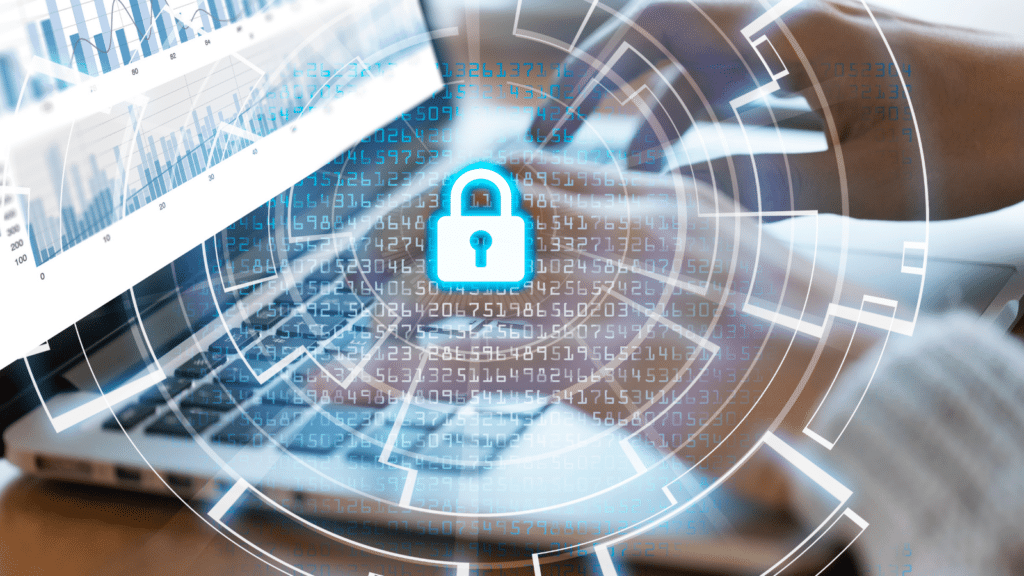Reconciling telework and IT security

Teleworking, a triggering factor for the explosion of cyber risks
The COVID-19 pandemic has taken the world by surprise. Governments have had no choice but to confine populations, sometimes overnight. The lack of preparation of companies in the face of such a situation has given rise to improvisations, particularly in terms of teleworking. Many employees have found themselves working from home, without the slightest notion of cybersecurity.
Hackers have taken advantage of this situation to increase their attacks and diversify their modus operandi. Thus, ransomware attacks exploded by +255% between 2019 and 2020 in France, according to the National Agency for Information Systems Security (ANSSI).
What are the main risks of computer attacks in telework?
Information theft, ransomware — or ransomware, phishing… Cyber risks abound online and affect any type of business, from small businesses to multinationals.
Cyber risks: ransomware
Ransomware attacks, more commonly known as ransomware, are malicious software that enters computer systems during a download, most often via e-mail. They encrypt sensitive files or completely block access to the computer. In exchange for this data, cybercriminals demand a ransom, usually payable in cryptocurrency. This type of computer attack is very widespread and can have serious consequences for companies.
The risks of computer attacks in teleworking: phishing and data theft
Telework has also multiplied phishing attempts, when a computer station does not benefit from a reliable computer security system. These attacks come from emails, instant chats and even text messages. The hacker steals confidential information (passwords, banking information, sensitive data, etc.) to resell them on the darknet. Identity theft, intrusion into the company’s network, false transfer orders, damage to the image of the company: the consequences can be disastrous.
Telework and lack of IT security: false transfer orders
This practice flourishes on messaging accounts, through email and even through SMS. It aims to push an employee to make a bank transfer, to change payment details. The hacker pretends to be a collaborator, manager, supplier, etc.
According to the CESIN 2022 Corporate Cybersecurity Barometer, more than half of French companies experienced at least one cyberattack in 2021.
Teleworking and IT security: how to reduce the risks of cyberattacks?
Before developing a remote work model, it is essential to assess and then secure your computer system against the risks of cyberattacks.
Assess your cyber risk profile
The company must thoroughly assess the provisions already in place to counter cyber threats. Each potential entry point represents an intrusion risk: mailboxes, videoconferencing application or software, cloud, etc. All such installations must be safety tested before use.
Employees’ personal electronic devices (telephone, computer) are particularly vulnerable. The company must respond by securing them or by offering its own equipment. The drafting of an IT charter, grouping the rules of conduct, makes it possible to develop the vigilance of employees in the face of phishing attempts, fraudulent emails, etc.
Protect your business from cyberattacks
Several solutions help to strengthen the IT security of your company.
1. Provide employees with adequate and completely secure telework equipment. Most cyberattacks find a loophole from personal computers. An effective workstation must be protected with the help of protection tools: an antivirus, several firewalls and a VPN (Virtual private network).
2. Secure the exchange of information. Employees must chat on secure messaging. The connection to the digital teleworking space is made through double authentication. Employees should also change passwords regularly.
3. Securing employee networks. The company must ensure that employees do not connect from an unsecured public Wi-Fi network. Each Wi-Fi connection is made using a long and strong password.
4. Ensure automatic security updates are performed.
5. Regularly back up company data and online activities. Currently, backups (offline if possible) are the best way to recover data after a cyberattack. These must be carried out and tested frequently to verify their operation.
6. Educate employees on cybersecurity. Cyber risks are not known to everyone, nor are the right actions to adopt. The establishment of an IT charter, although necessary, is not sufficient. Training to prevent computer attacks is the best possible means of prevention.
“Only 4 out of 10 companies use cyber crisis training programs. » Barometer of corporate cybersecurity CESIN 2022
Continue reading

Cybersecurity Promotion Program

What is Cybermonth?

